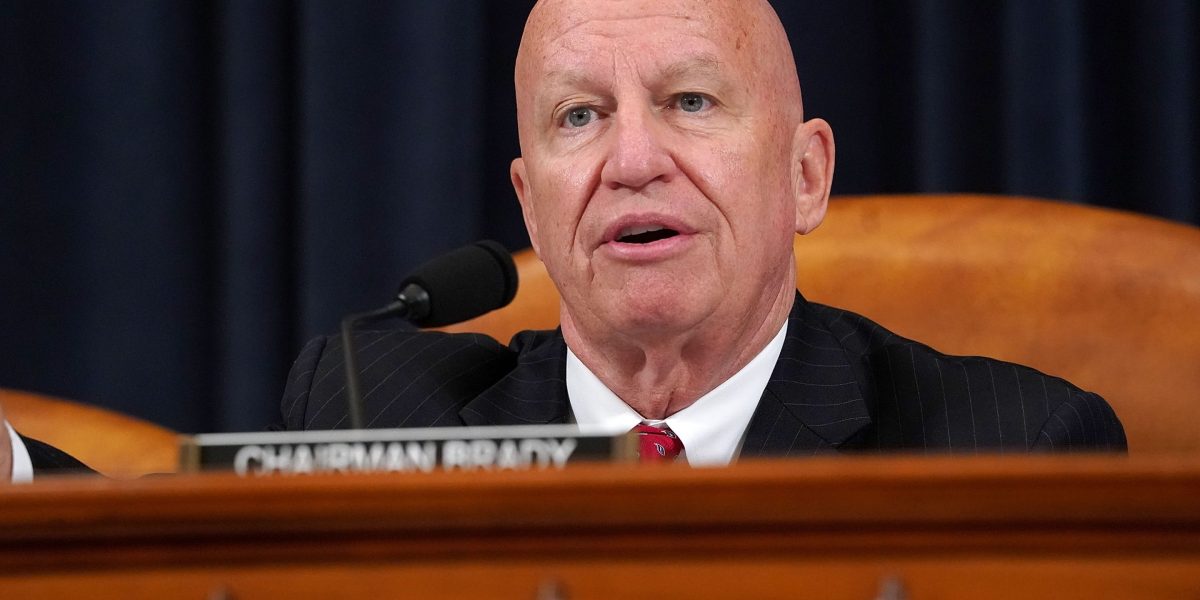The corporate tax rate is once again in the spotlight as part of the sprawling tax debate that will unfold over the coming months. And now with Vice President Kamala Harris having secured the Democratic presidential nomination, the landscape has shifted.
Harris has unveiled her progressive economic agenda, sharply criticizing the Tax Cuts and Jobs Act (TCJA) and promising to raise the corporate tax rate to 28%. To further muddy the waters, some populist-minded Republicans are also looking to increase former President Donald Trump’s signature 21% corporate rate as a potential revenue source.
The corporate tax rate enacted in 2017 is at risk. Whoever controls the White House and Congress in November will determine the fate of the TCJA—and that of businesses and workers alike. After all, tax policy is only as permanent as the political majority that creates it. If the election leads to a divided government, the path forward will depend on both Republicans and Democrats working together.
But of all the possible tax increases to consider, the pro-growth corporate rate should be last on the list. It has proven to be the biggest catalyst for growing jobs, paychecks, and the U.S. economy by driving business investment nationwide.
Let’s look at the facts.
Following the passage of the TCJA, GDP growth surged, surpassing the Congressional Budget Office’s forecast by a full percentage point. This is no surprise, with many studies finding that a cut in the corporate tax rate increases economic growth.
The reduction of the corporate tax, along with other key provisions, boosted domestic investment by 20% and brought back $2.5 trillion in overseas earnings. The Tax Policy Center reports that the 2017 law ended the alarming trend of companies fleeing the U.S. for better tax regimes overseas. Since the TCJA lowered the corporate rate and removed the tax penalty for repatriating foreign income, there have been zero tax-motivated corporate expatriations, keeping jobs and revenue in the U.S. Workers reaped the benefits of a more competitive corporate tax system, with workers receiving a 4.9% wage increase within 2 years.
Indeed, real median household income increased by $6,160 in 2018 and 2019 after the enactment of the TCJA—more than in the previous 10 years combined. In particular, many groups that historically faced economic disadvantages in the labor market benefited from the strong economy. The unemployment rates for African Americans (5.3%), Hispanics (3.9%), and those with less than a high school education (4.8%) fell to the lowest levels since the data were first recorded.
Raising the corporate tax rate would undoubtedly undo these gains. Based on the figures from the Treasury Department’s Office of Tax Analysis, by 2034, a 28% corporate rate would impose a $498 billion tax hike on families making less than $310,000 a year.
The reality is that the growth in jobs and wages is contingent on a healthy private sector.
Increasing the corporate tax rate and making companies pay their so-called “fair share” is the economic equivalent of cutting off your nose to spite your face. U.S. corporations are estimated to have paid for 80% of the lower tax rate through reforms in TCJA that increased the tax base. In fact, corporate tax revenue today is higher than it was projected to be at the old 35% rate.
While some policymakers want to raise corporate rates, the combined federal and state statutory corporate tax rate currently is 25.6%—still nearly two percentage points higher than the average for Organization for Economic Co-operation and Development(OECD) member countries.
The 21% corporate tax rate has encouraged companies—at home and abroad—to invest and hire workers in the U.S. Elected officials should not retreat from economic policies that have been proven to work. The TCJA is no exception.
More must-read commentary published by Fortune:
The opinions expressed in Fortune.com commentary pieces are solely the views of their authors and do not necessarily reflect the opinions and beliefs of Fortune.

